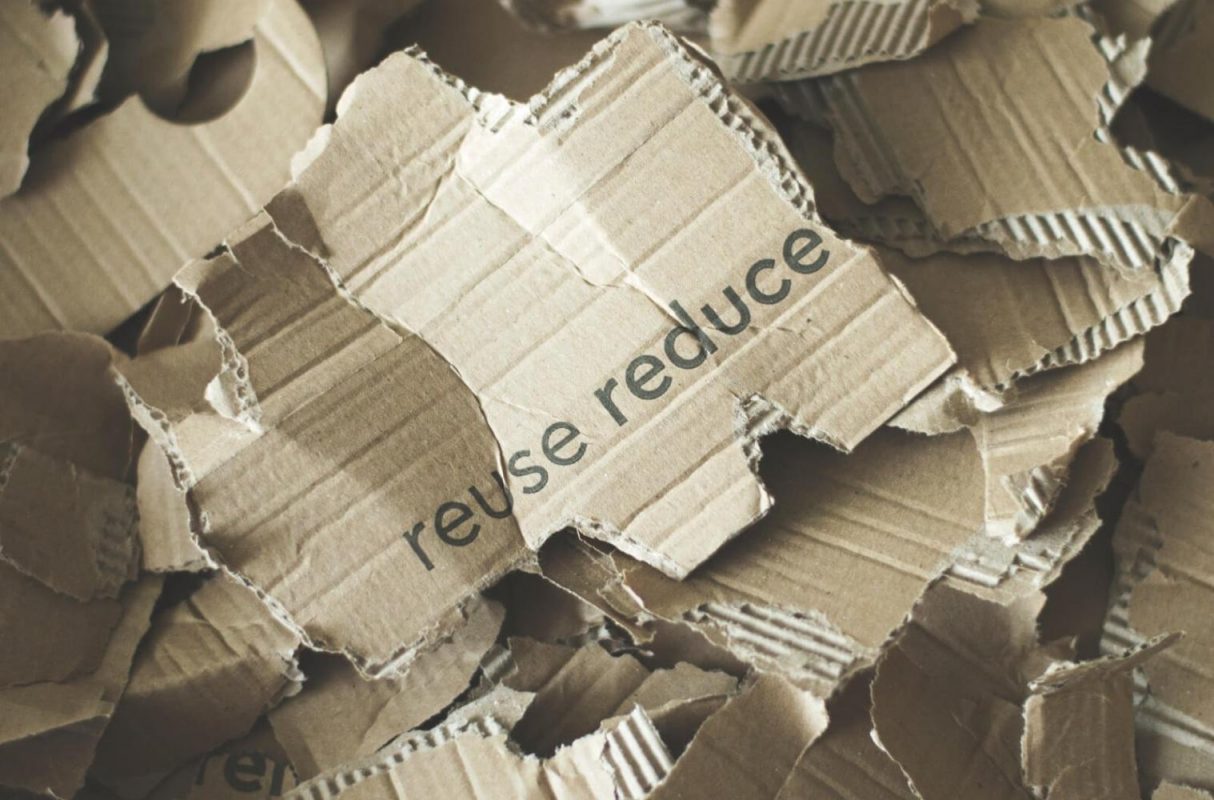Plastic packaging has become quite a political topic in recent years. Nestled within a broader trend towards sustainability and carbon neutrality, it was announced in August that New Zealand will be phasing out single use plastic bags within the next year.
Feels good, right?
Yes, this is a positive move in the right direction. However, it is easy to lump all plastics into the same basket (note: check out this recycling guide for more information about how each type of plastic can be handled). People often think ‘if it’s plastic, it will be harmful to the environment’ – while the logic behind this viewpoint is understandable, it only addresses part of the picture.
We are living in a globalized world that’s becoming more and more connected every day. CO2 emissions and waste move around the planet without regard to national boundaries. Gone are the days of thinking locally on every matter. To seriously address climate change, it’s important that we think about our actions from a global perspective.
This is where the whole-of-life approach comes in handy.
Whole-of-life approach
“Whole-of-life means that when you analyse the environmental friendliness of a product, you include the CO2 emissions by all the suppliers and the end recycling”
– Source
- Preparing and fertilizing land for cultivation.
- Irrigation during the growing season.
- Labour of the pickers and farmers (plus the fuel usage of getting to and from work).
- Transport, sorting and delivery to the supermarket.
- Packaging-related emissions.
- Cost of disposing any wasted food and packaging.
By taking a whole-of-life approach to carbon emissions, we become focused on the supply chain and encouraging efficiency. As a result, we become more conscious consumers.
You might be wondering “but how on earth does this have anything to do with plastic packaging having a positive impact on climate change?”
Plastic packaging preserves food and reduces waste

Around a third of all food produced in the world for human consumption isn’t eaten. All of the resources that were used to cultivate, prepare and transport the wasted food end up being squandered. Think about how much fuel, fertilizer, labour and storage space could be saved through the use of intelligent packaging. Not to mention the retail cost savings from reducing waste on produce.
This is an area where plastic packaging plays an important role. Items such as strawberry punnets extend the shelf life of their contents, make them look better in store and less susceptible to damage during transit.
The result? Packaged goods have a longer timeframe to be purchased and consumed, which leads to less waste and reduced CO2 emissions.
“This is especially true if the lack of proper food storage encourages CO2-intensive local production, rather than CO2-efficient production from another country.”
– Source
The Custom-Pak solution
Recycled plastics are the way to go. We have already consumed the energy required to extract the crude oil and turn it into plastic, so why not extend the life cycle of such plastic? Custom-Pak uses 100% recycled PET for food packaging, which consumes less energy during production and reduces the amount of plastic that is thrown into landfills each year.
– Custom-Pak
rPET can be recycled several times and still remain suitable for food-grade applications. When food packaging is no longer an option, they can be recycled into other plastic products such as outdoor furniture and doormats.

